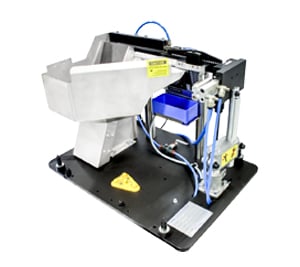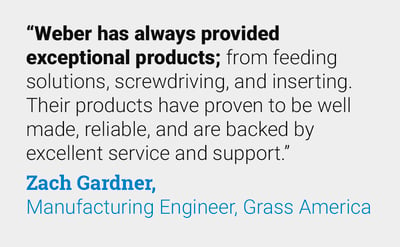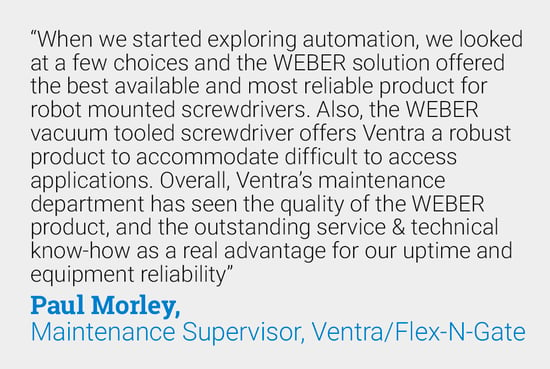Woodworking Screwdriving Assembly: Quick Release Tooling
When you’re working in high-volume window & door manufacturing, every detail matters—and every minute of downtime costs real money. From sawdust clogging up tooling to constant material changes, manufacturers face unique challenges that most outside industries never even think about. In this video, we break down how our quick-release tooling, active depth control, and intelligent screw feeding systems are solving those real-world problems on the shop floor—and why innovation like this is what keeps us excited to keep pushing the category forward.






